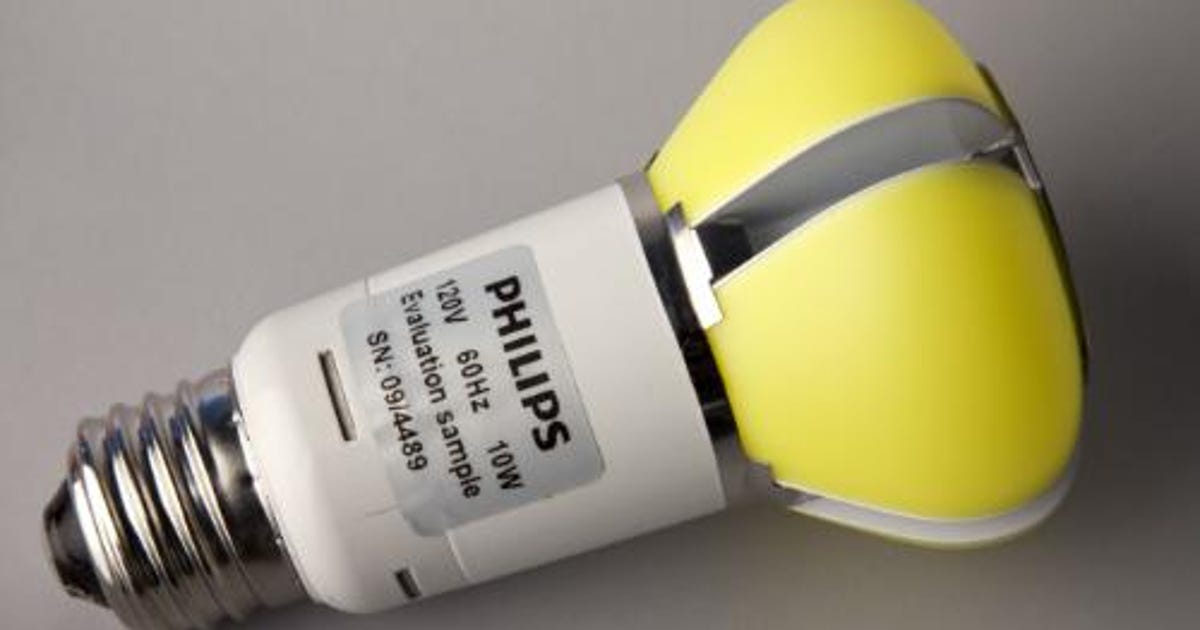I've heard some remastered CDs where they squashed out a lot of the dynamic range compared to the original disc, apparently in an effort to make the sound seem fuller or louder. It's ironic in a way that this technique is a throwback to the days of vinyl mastering, where you had to limit dynamic range to keep the stylus from jumping out of the groove.
That seems to be a modern thing and platform agnostic. I do hate the "loudness war" type of mastering on any medium. I agree there is no excuse for it; for use in a noisy environment like a car or in a bedroom late at night when a partner may be sleeping, dynamic range can be compressed by DSP by one's gear easily, there is no need to bake it into the recording and deprive those who want to listen more critically.





